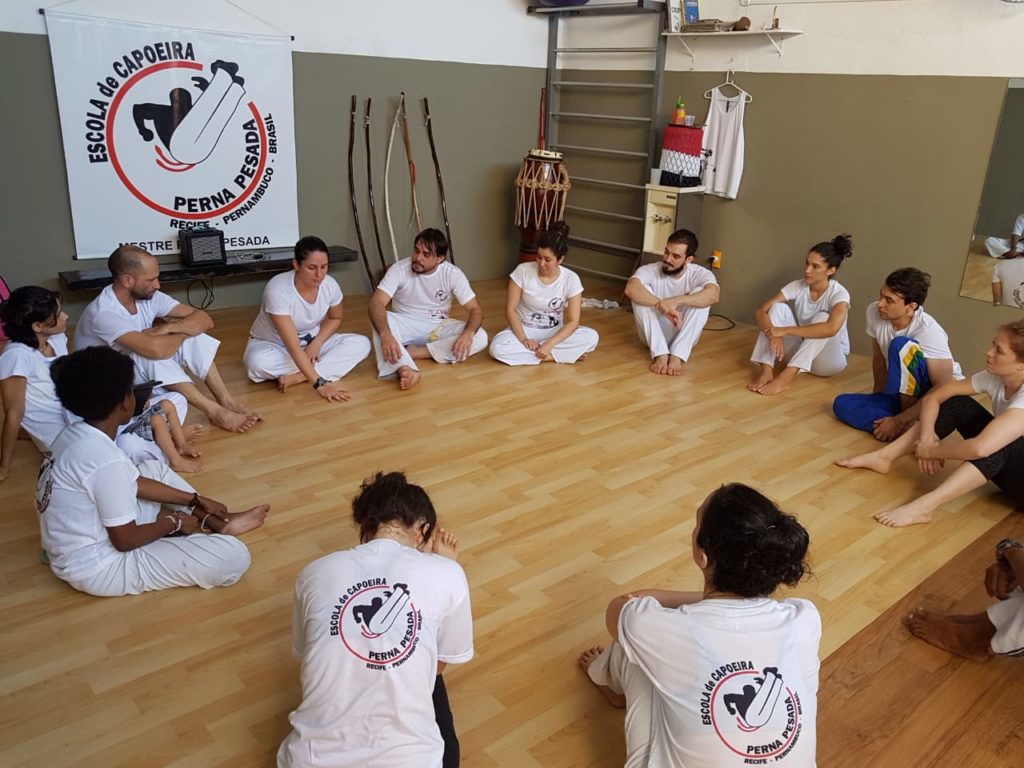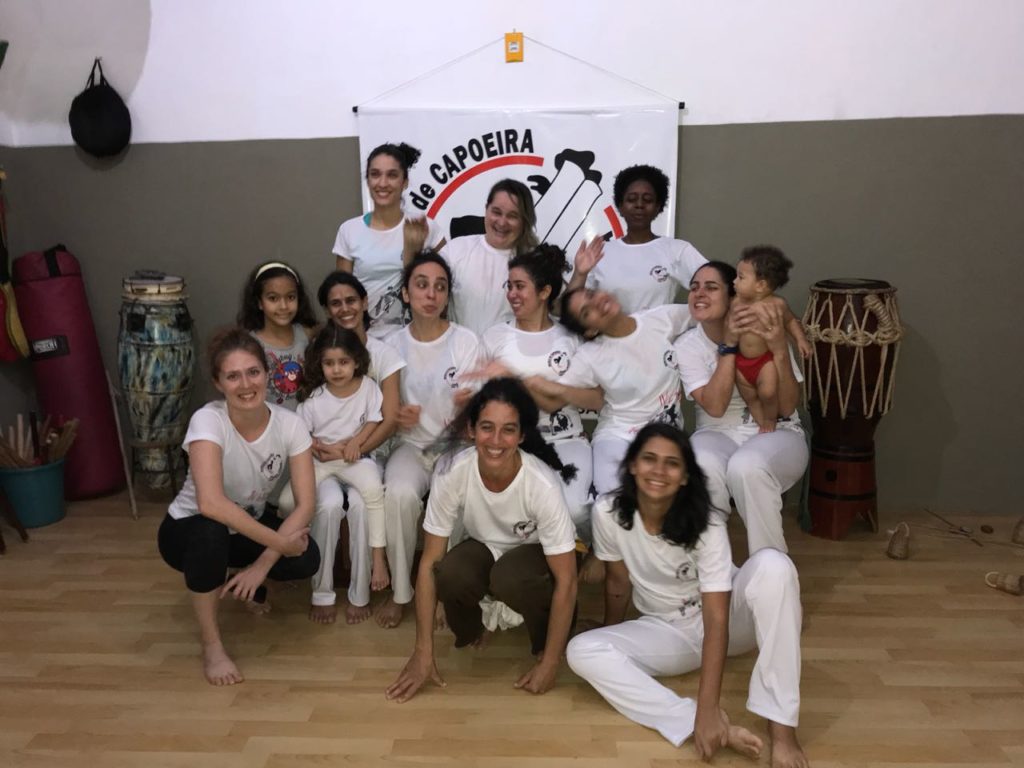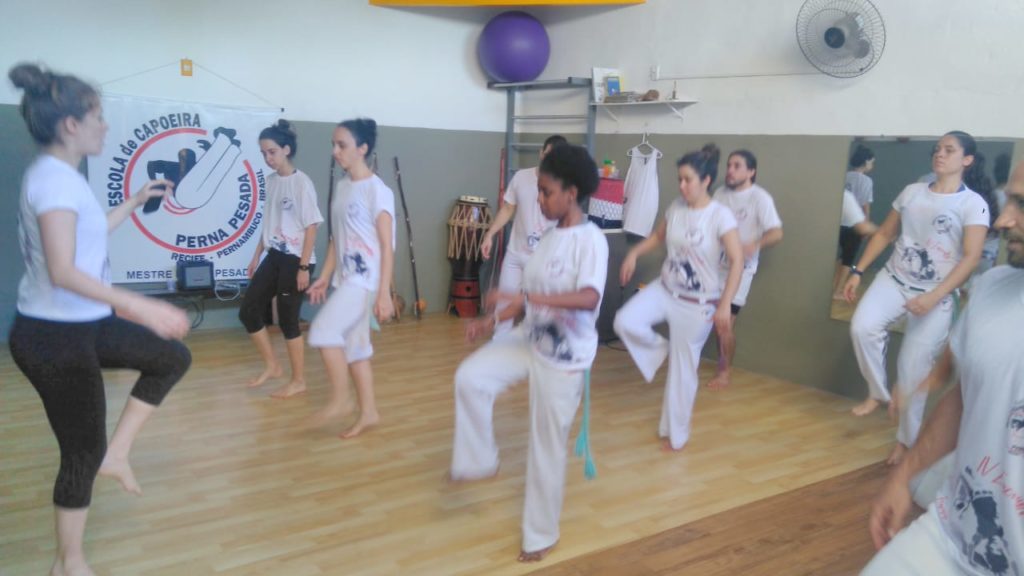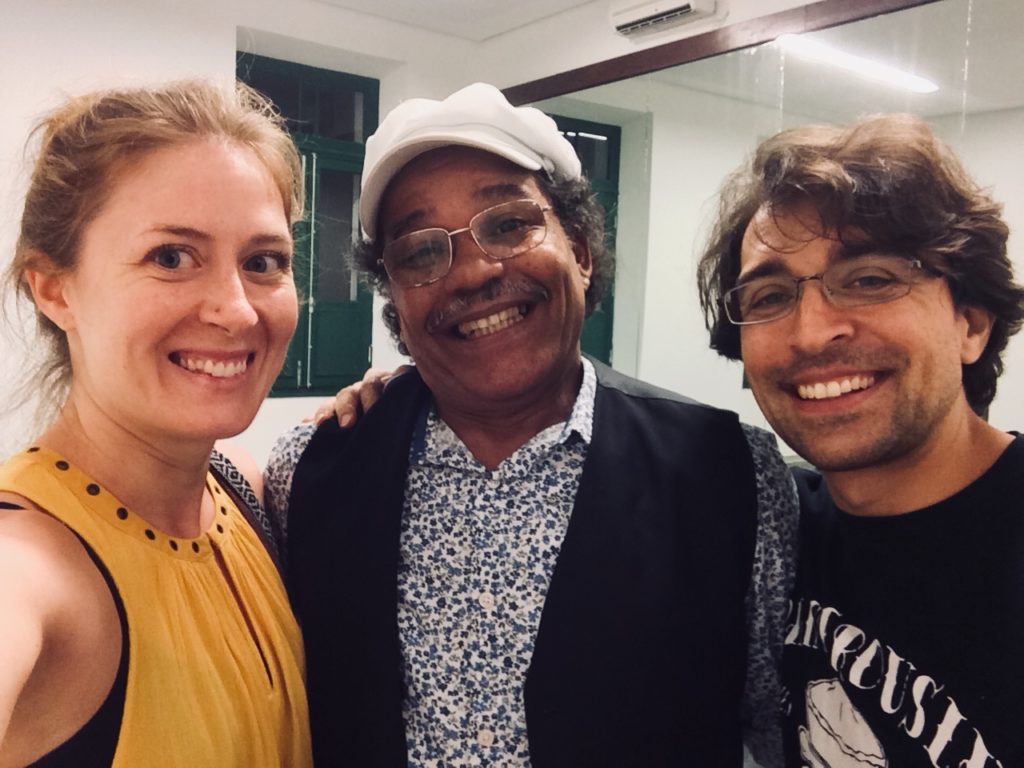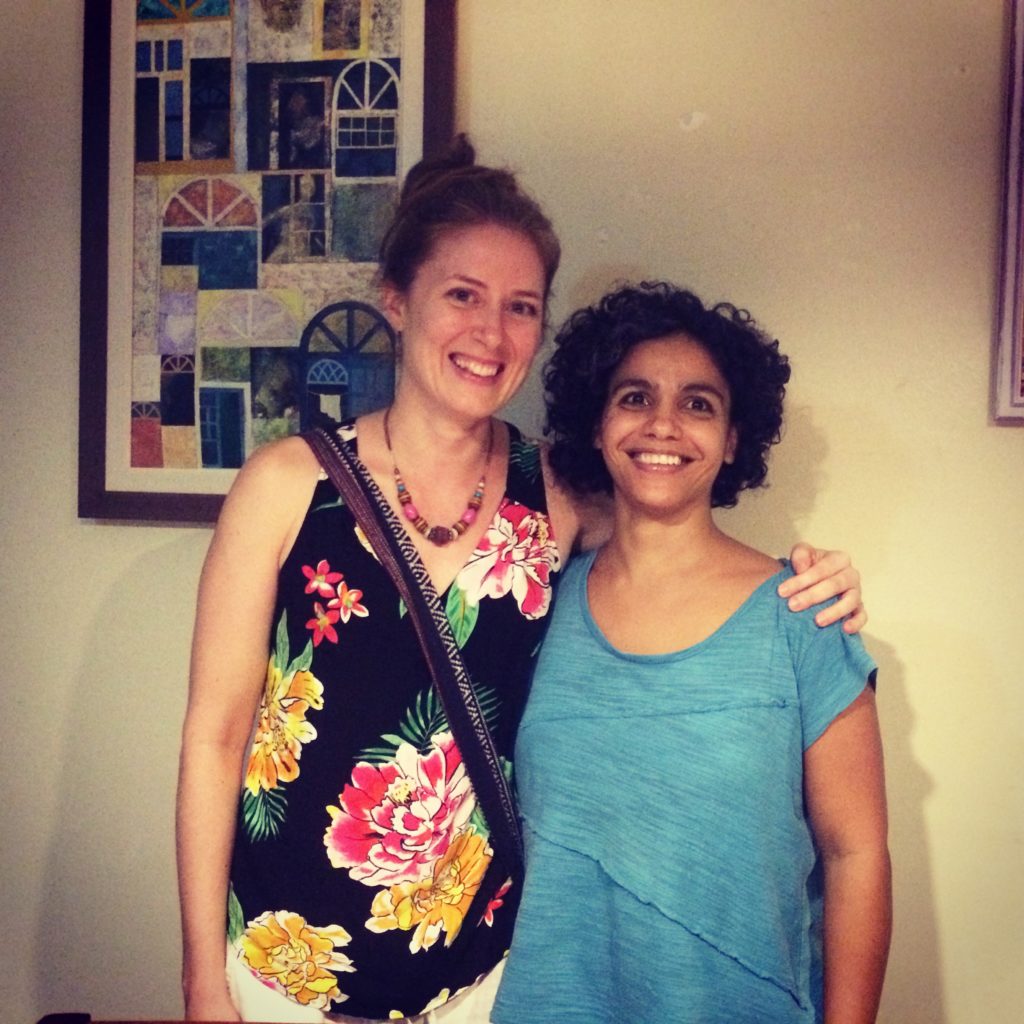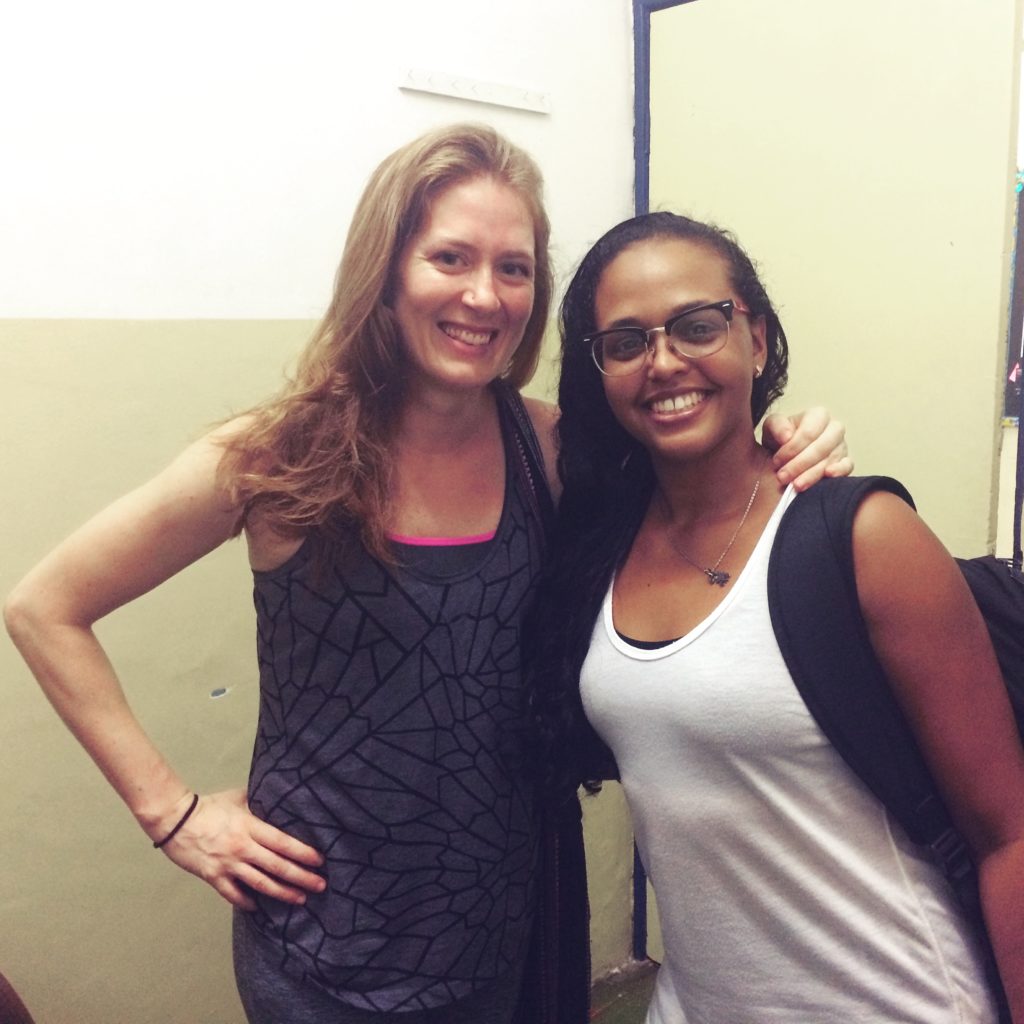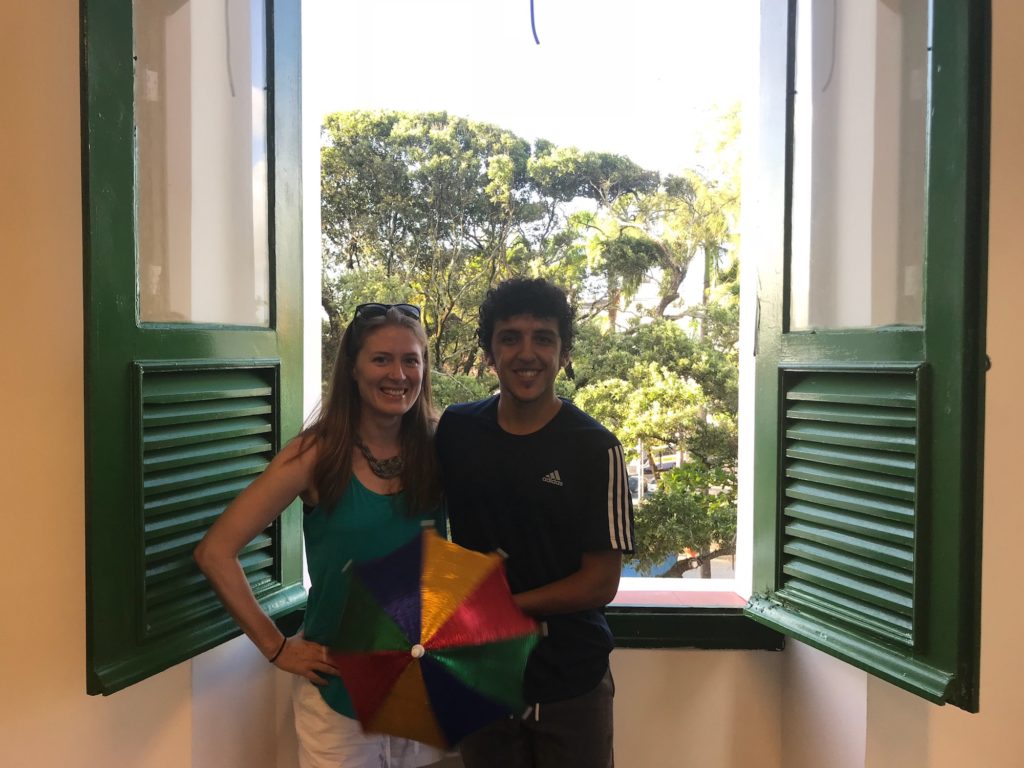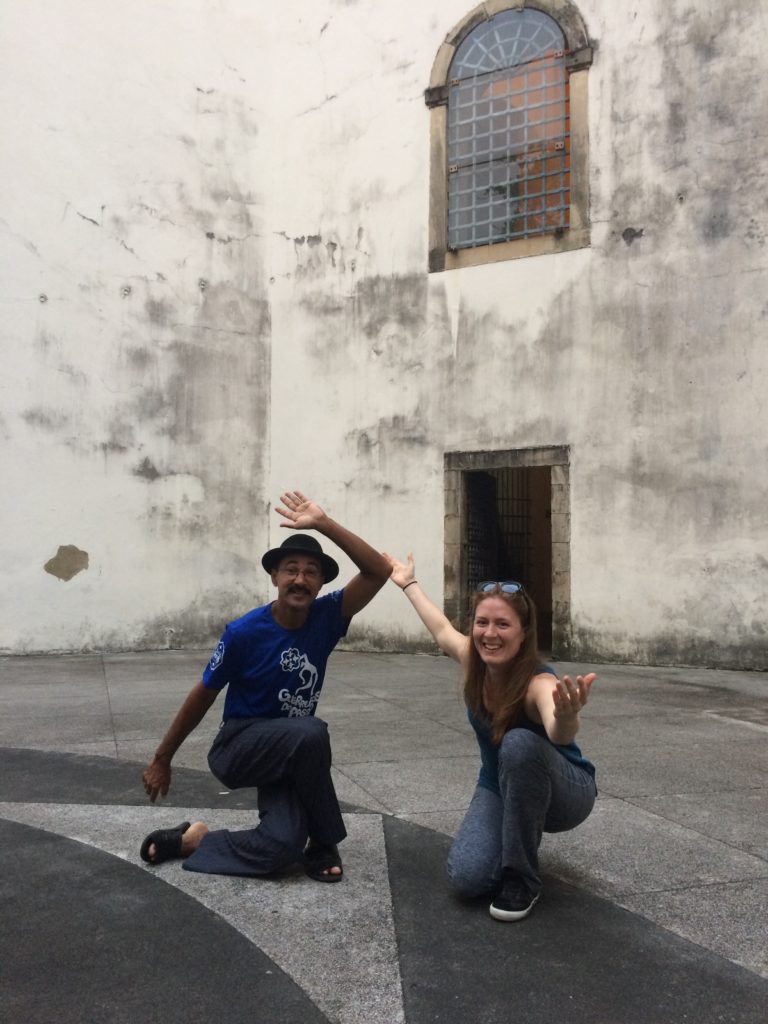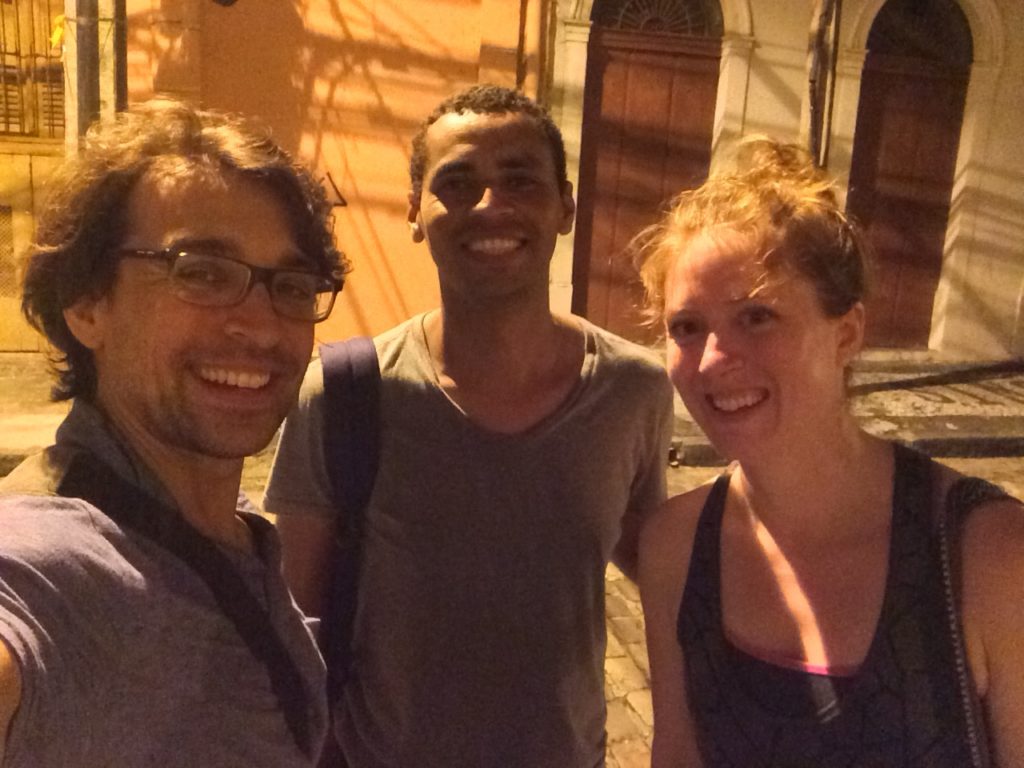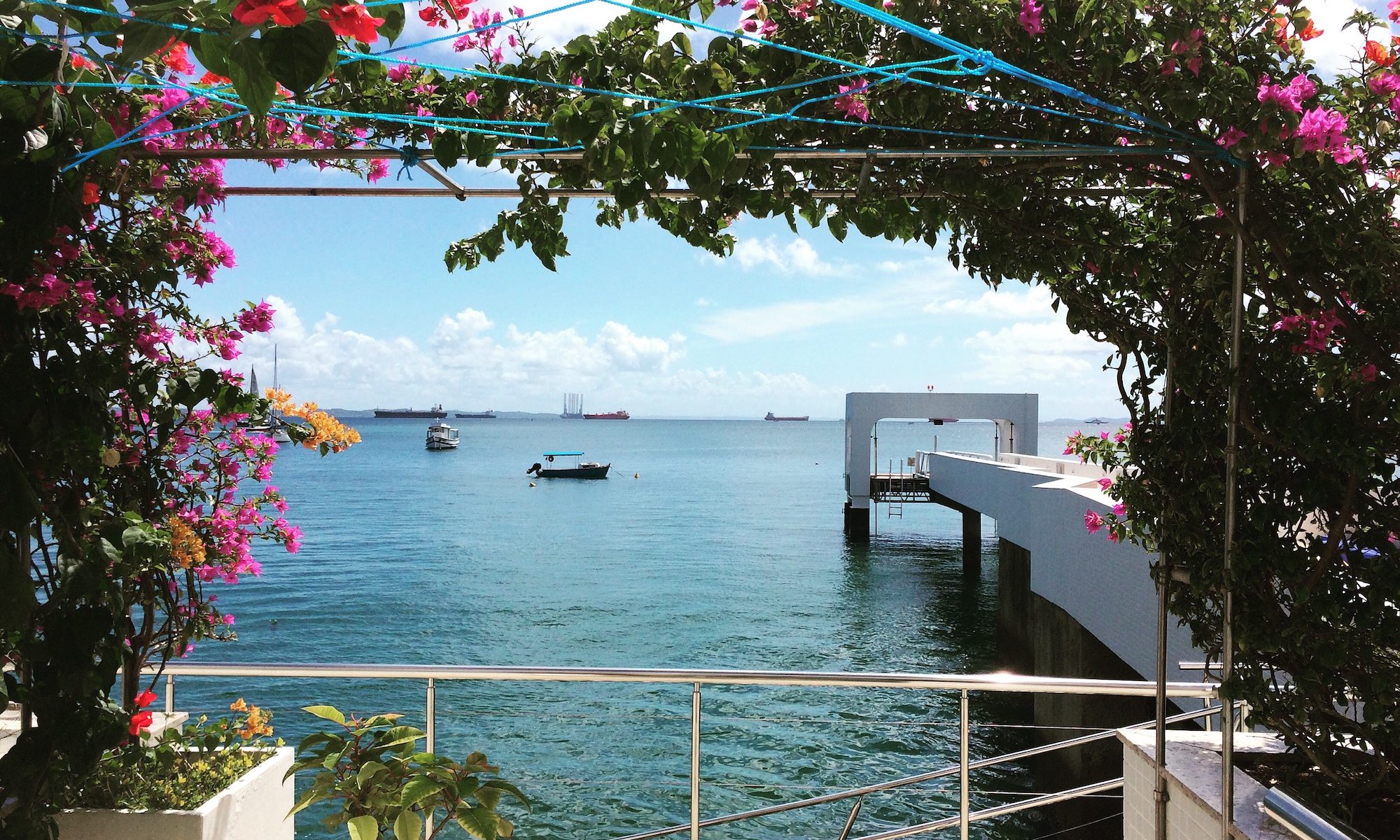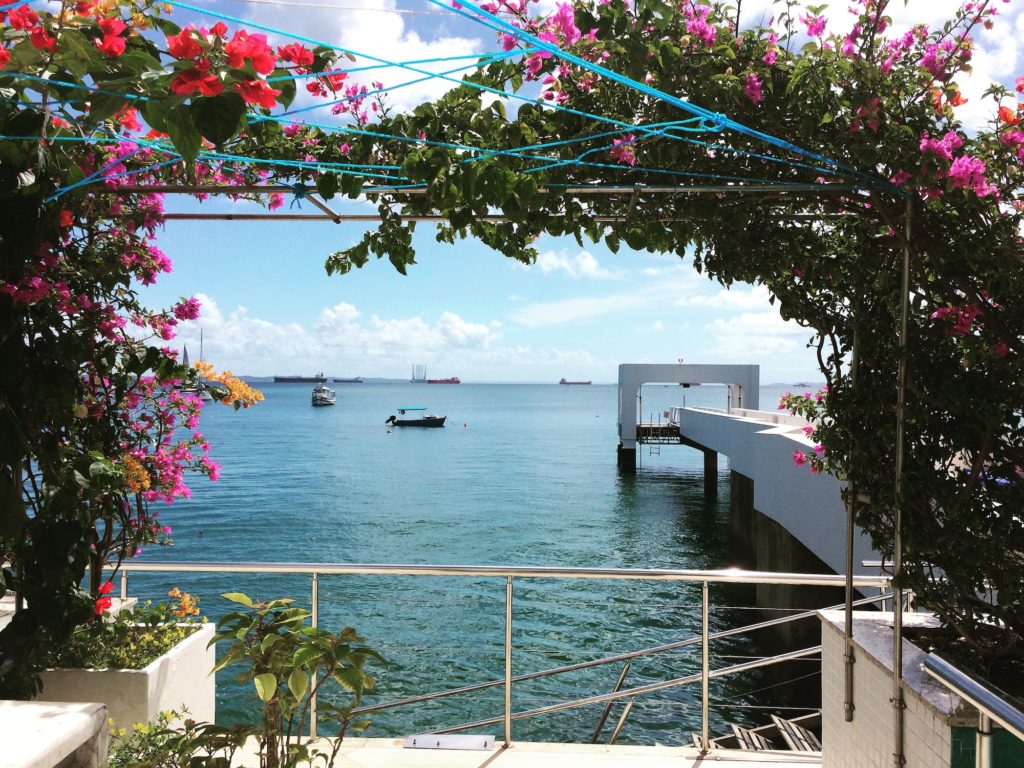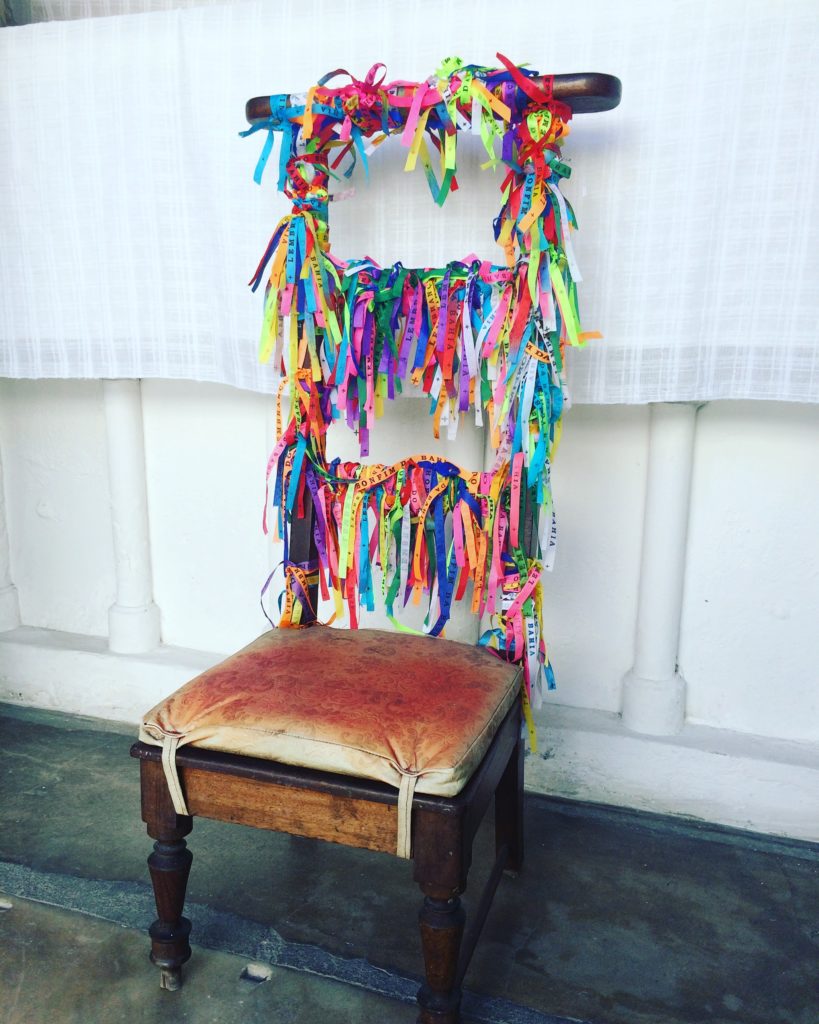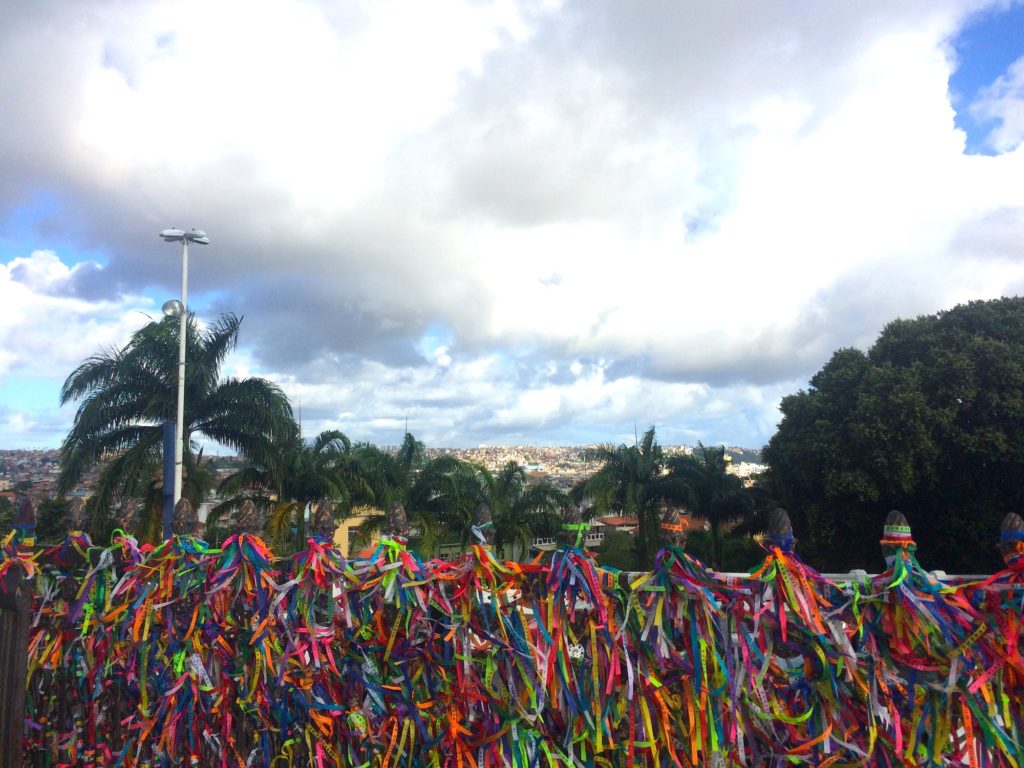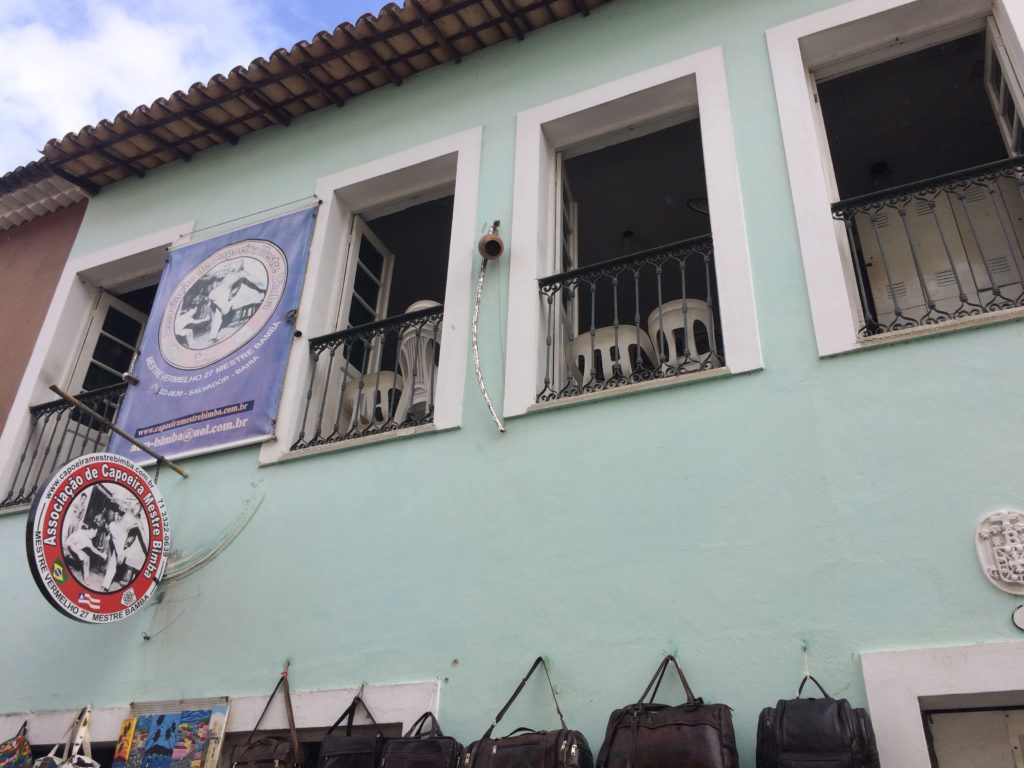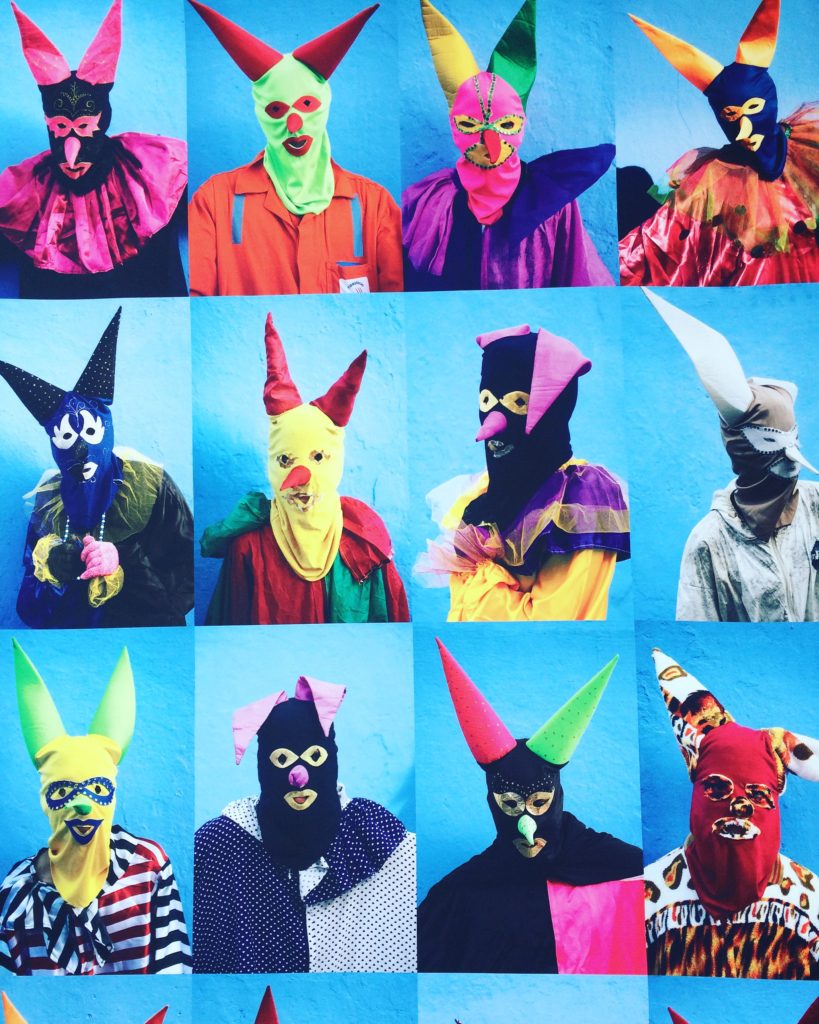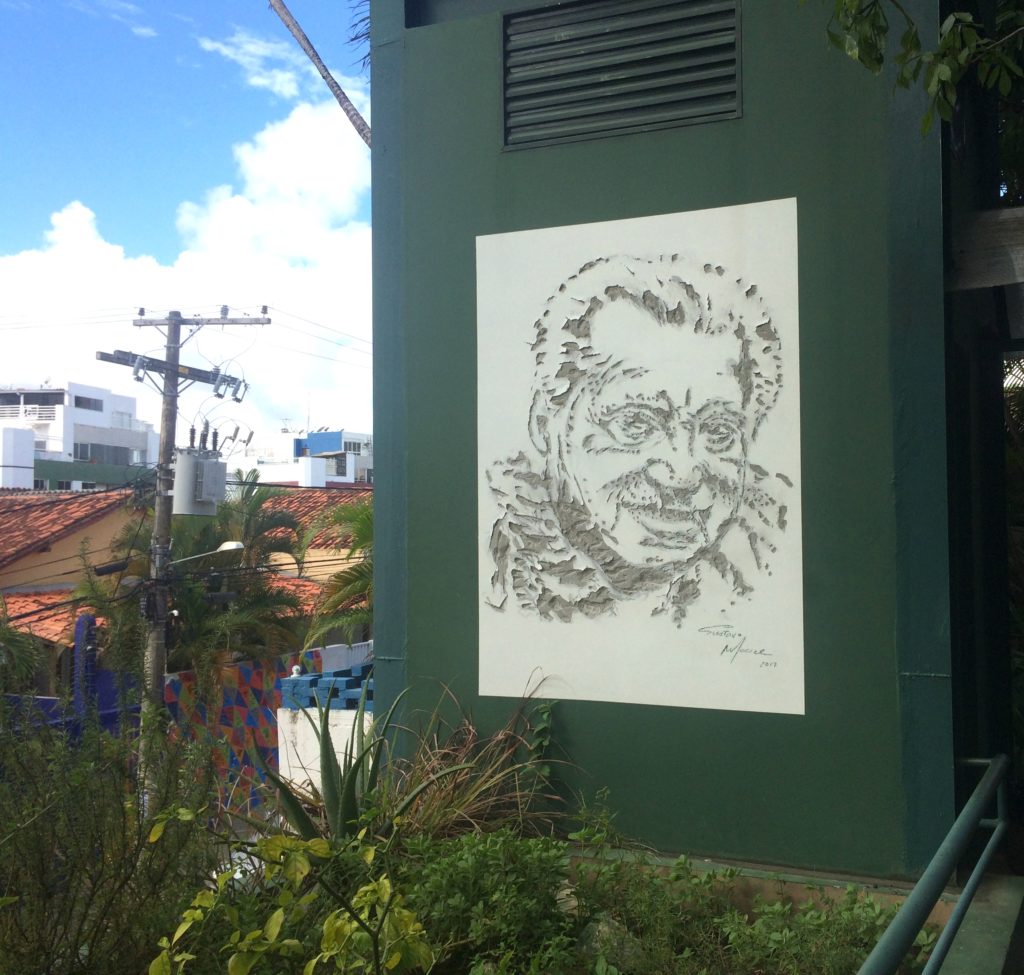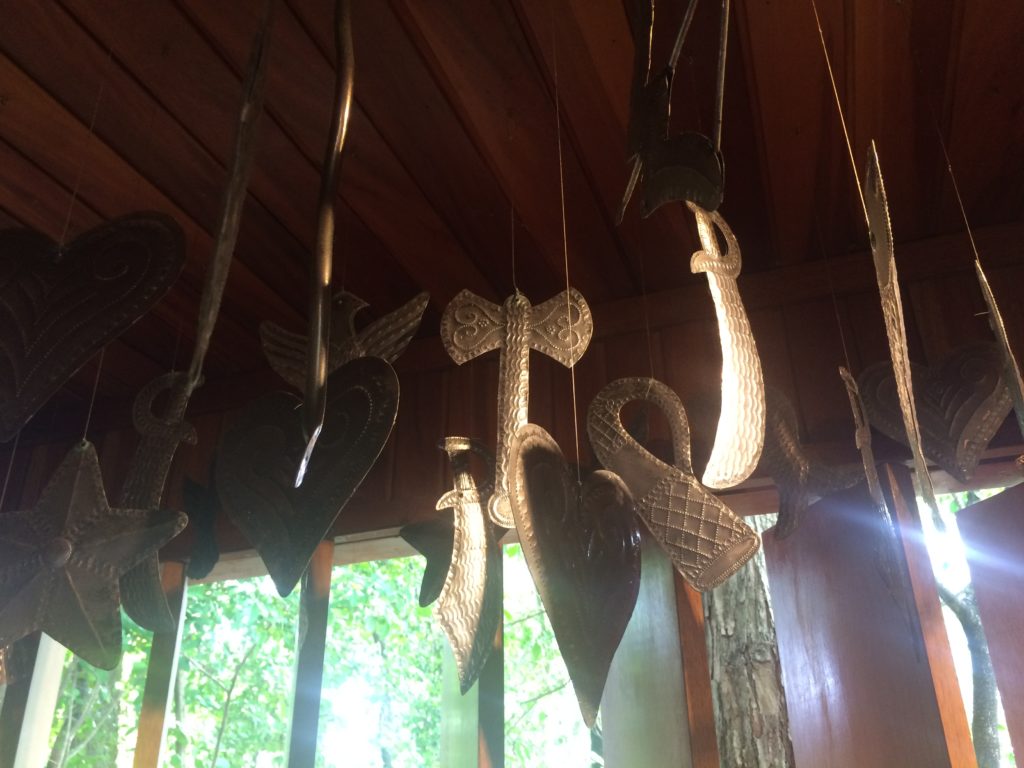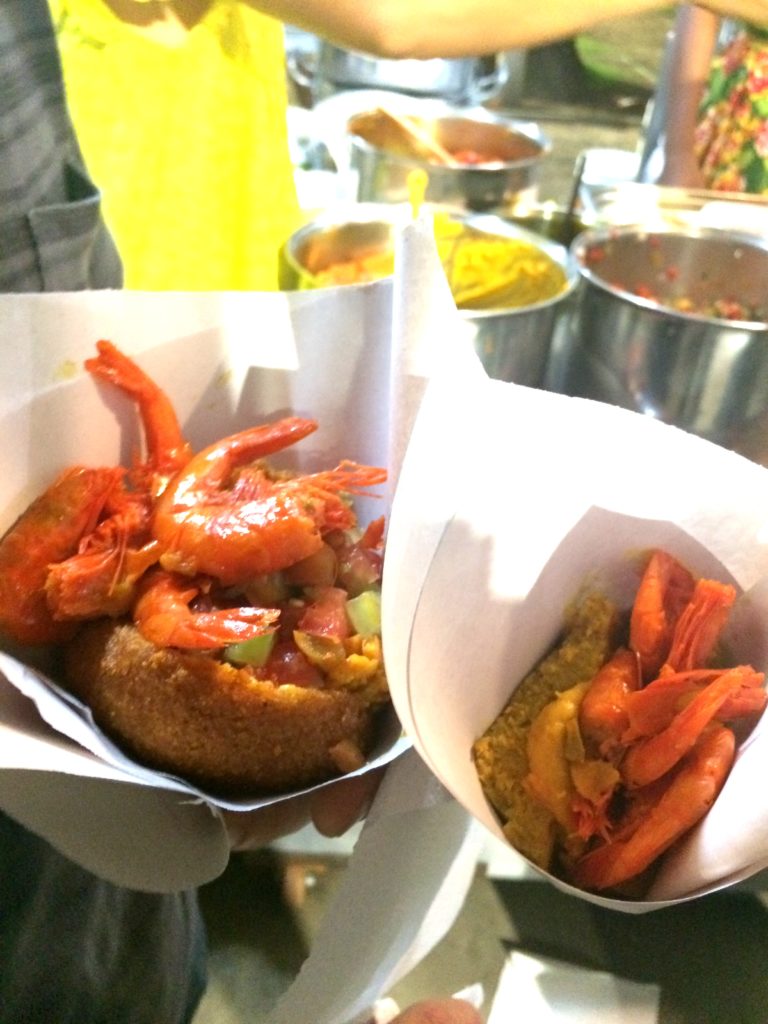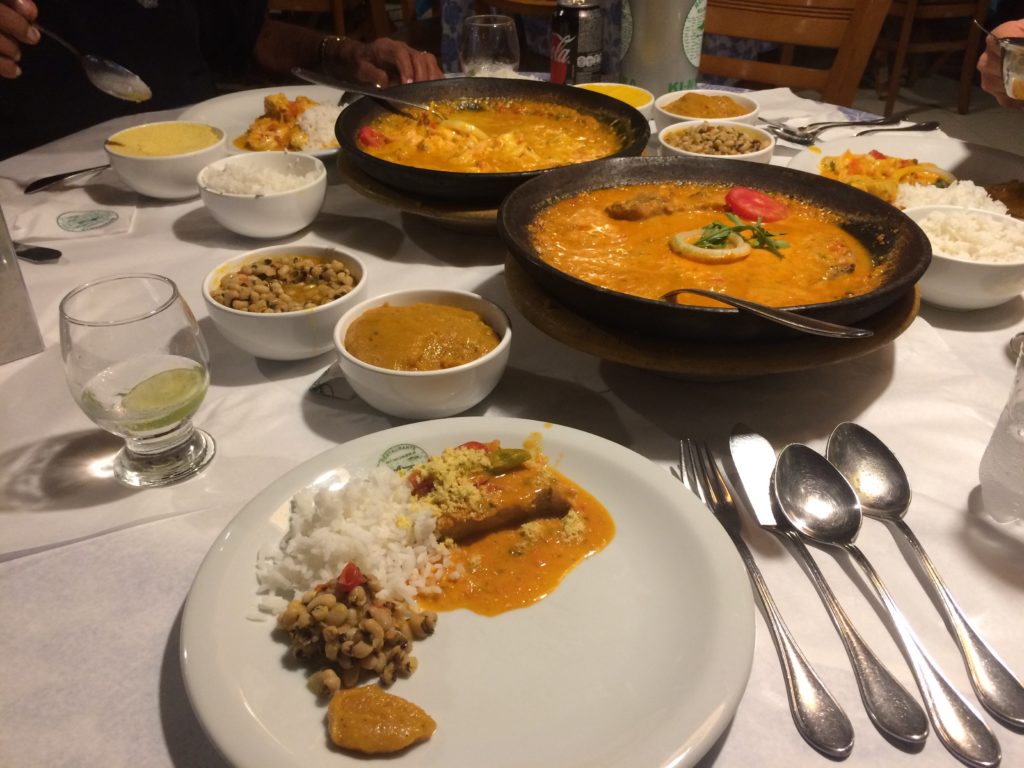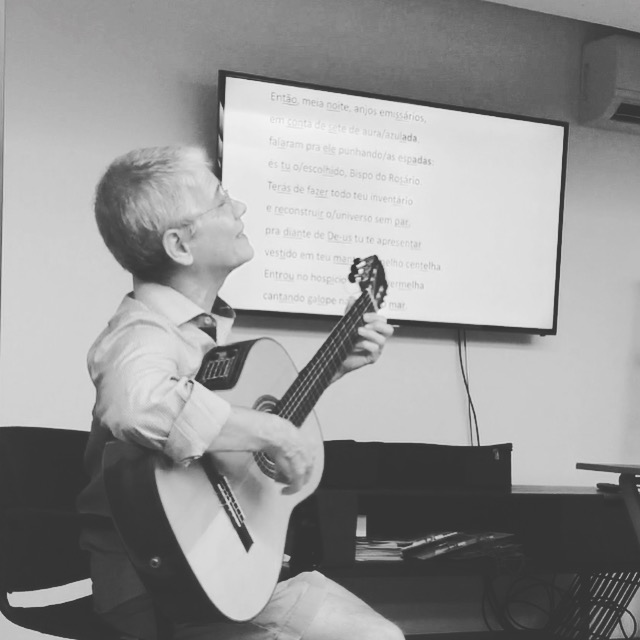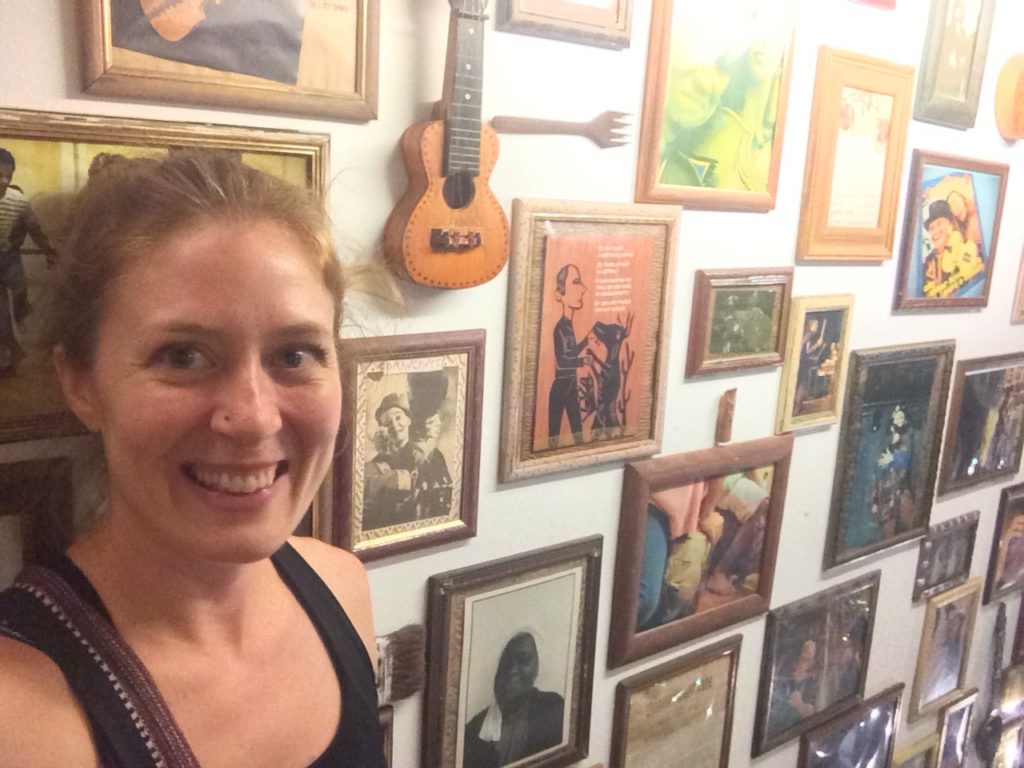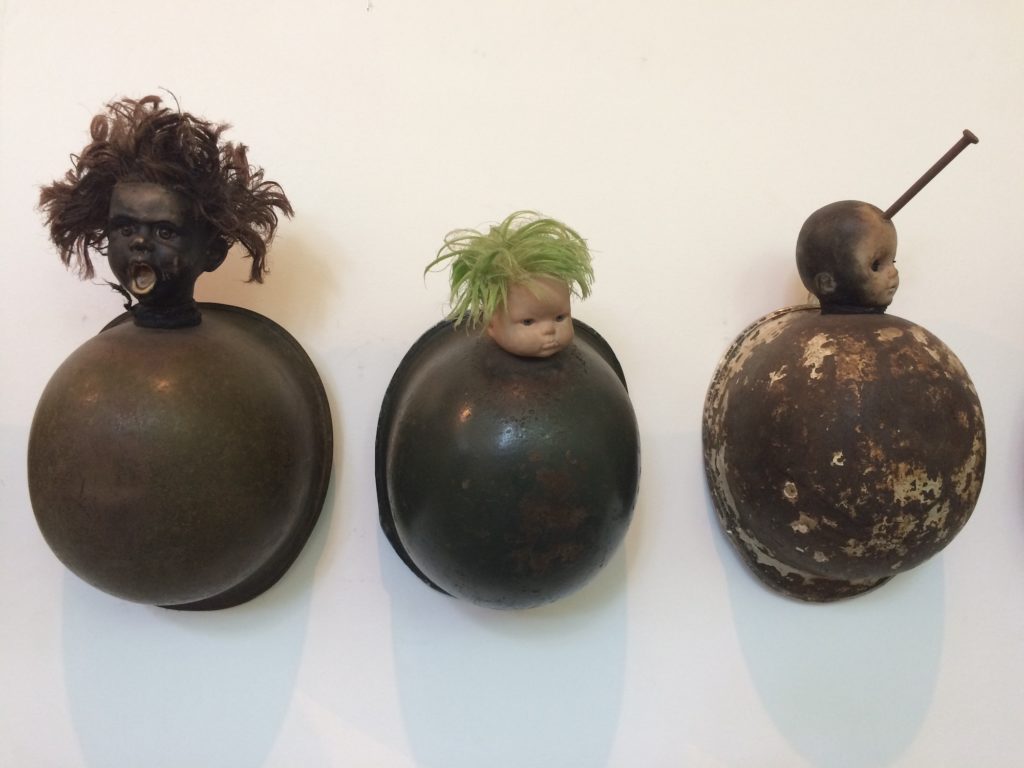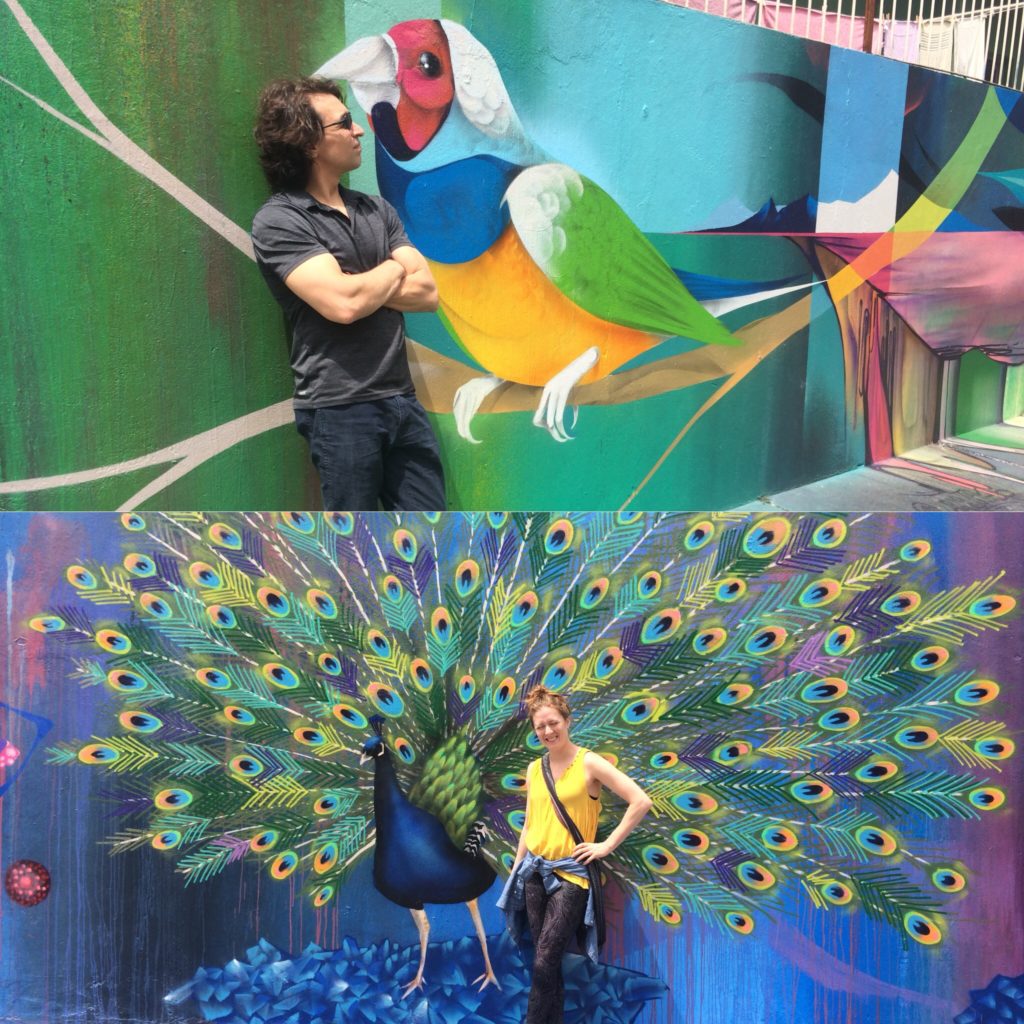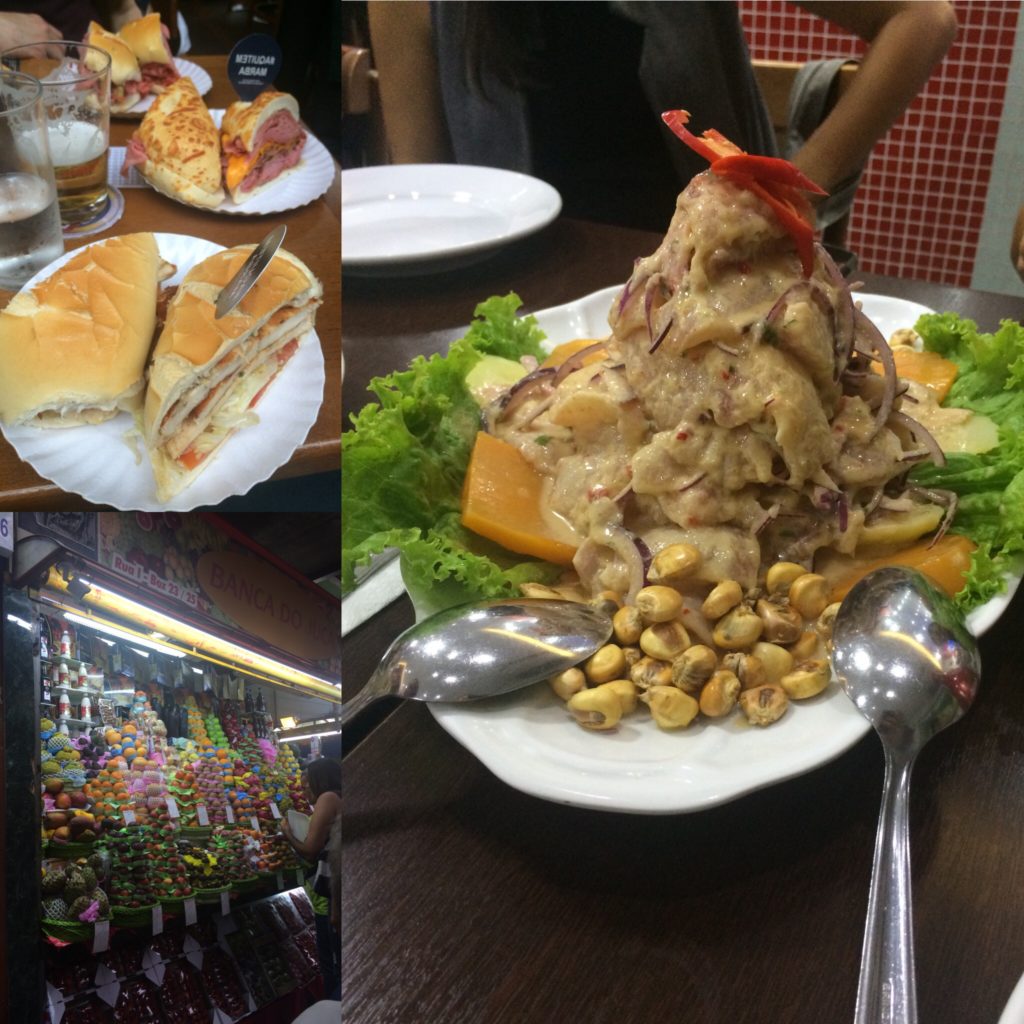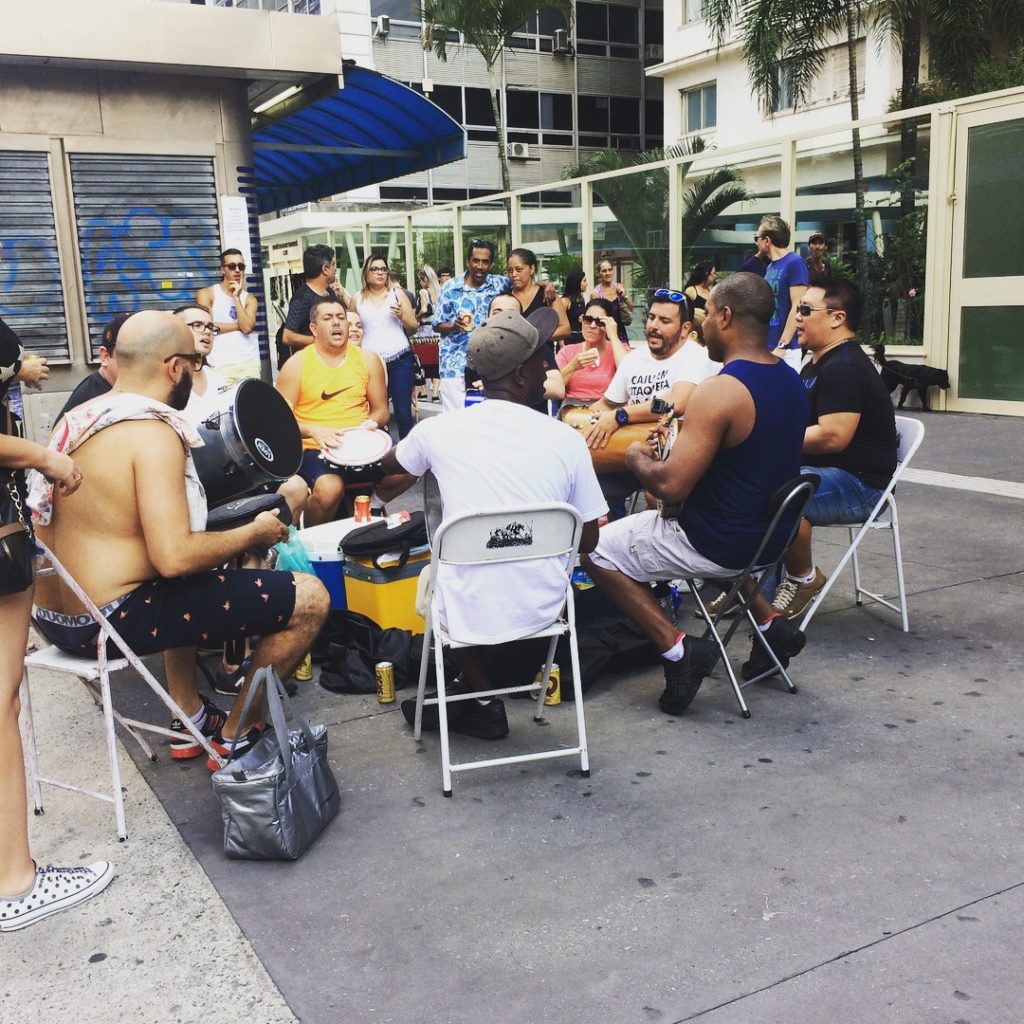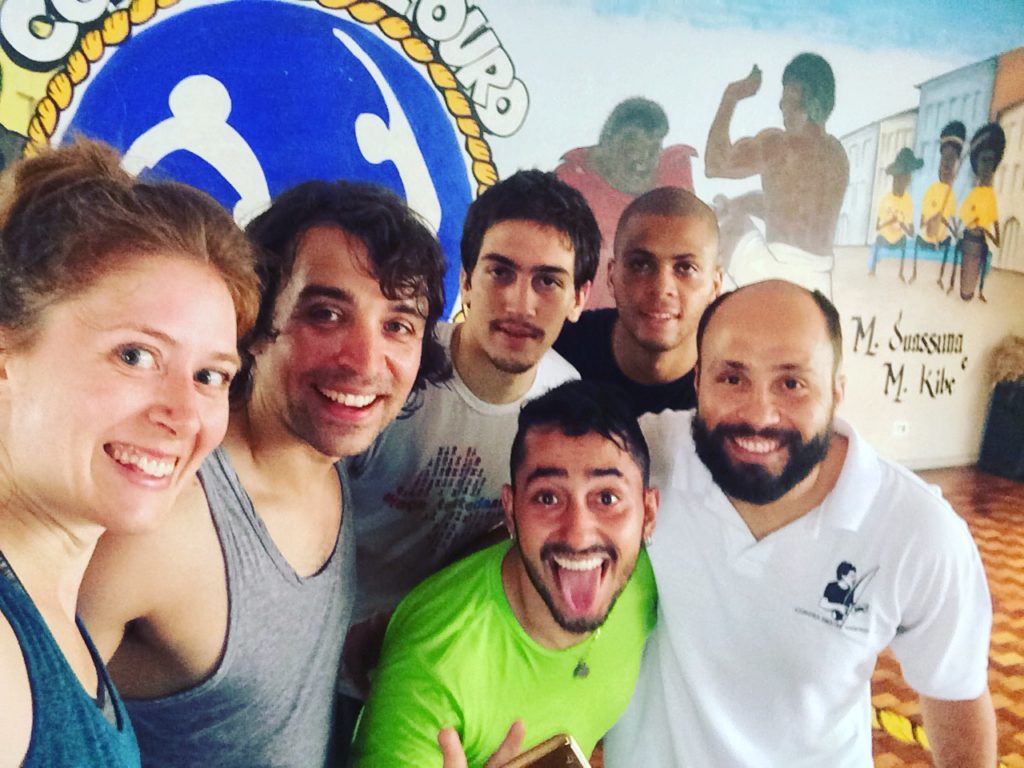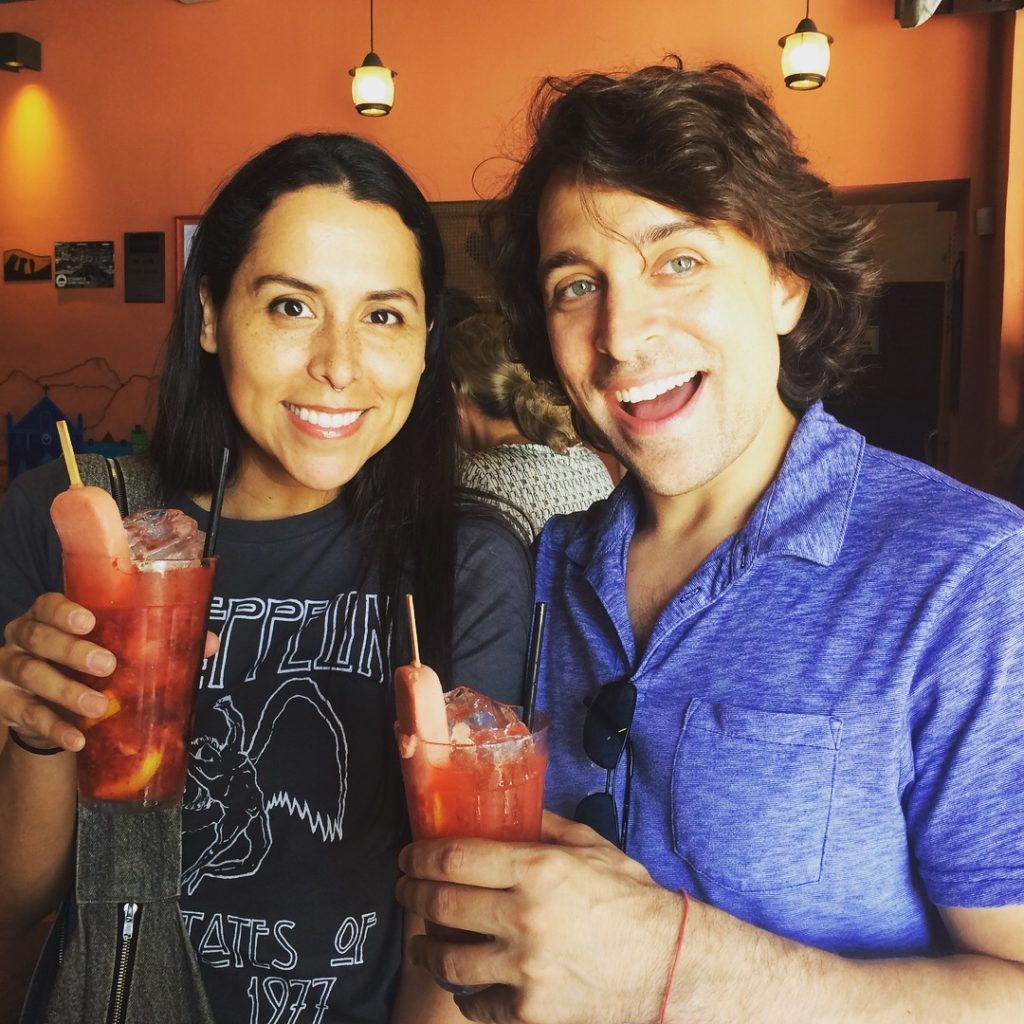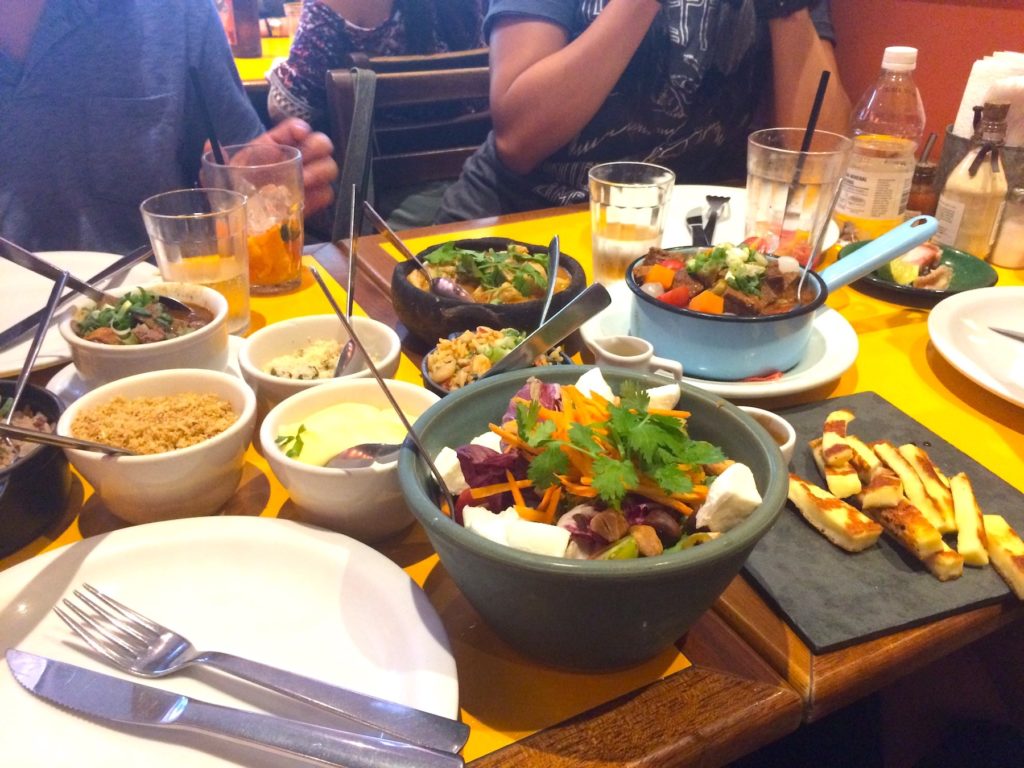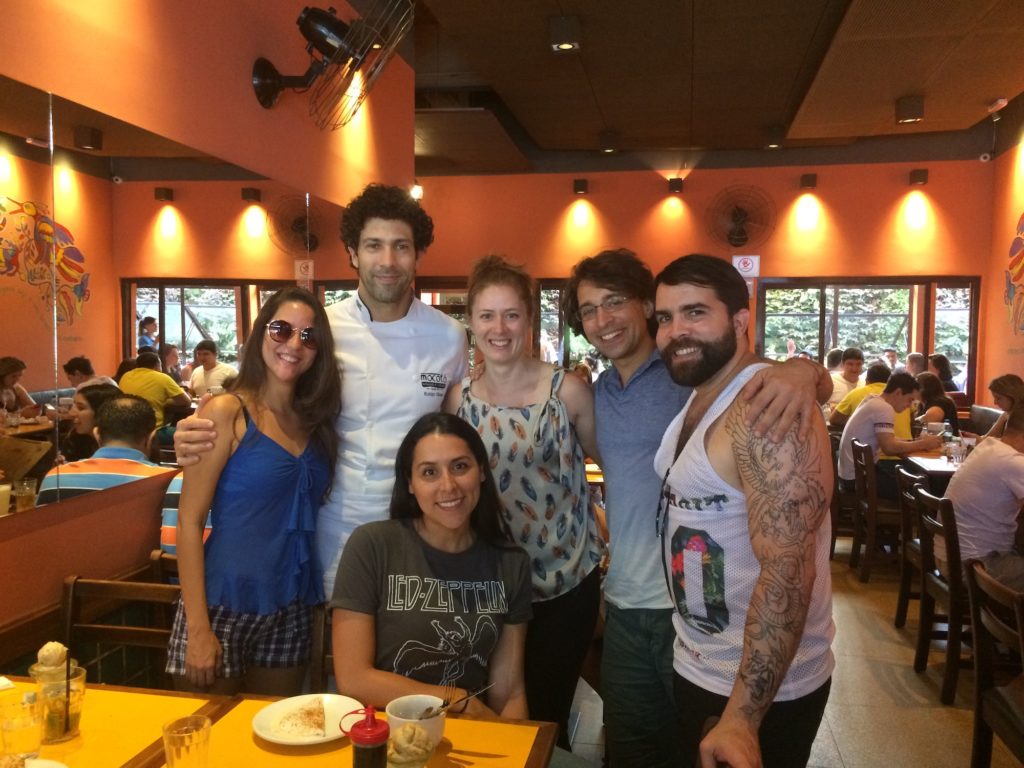Yesterday was a great event for me! Escola de Capoeira Perna Pesada had a women’s encounter that included some of my favorite things: capoeira, frevo, and even Irish dancing! I was invited to teach an Irish dance class as part of the day’s activities and I was really happy to have the opportunity to share a bit of my culture with the group. It all came circle for me.
My first introduction to capoeira (and Brazilian culture in general) was in Ireland when I was doing my Master’s in Traditional Irish Dance Performance at the University of Limerick. I was reading a book chapter about Laurie Booth, a British dancer and choreographer who used capoeira to develop his technique, and I thought, “Capoeira? What a funny word. What is that all about?” I was intrigued and asked my course director if I could do capoeira for my second semester elective. She found a teacher for me, Mestre Piau of Grupo Candeias in Limerick, and so it began.
I returned to the US and started training with Mestre Curisco’s Grupo Capoeira Malês in Chico, CA and then the same group in Washington, DC. And it was through capoeira that I was introduced to frevo—someone said to me, “You should try frevo because it’s more like Irish dancing”—that is, more vertical, lots of footwork and kicking, heels and toes, etc. I think the implication was that I didn’t quite have the ginga (or swing, swagger) for capoeira; I’ve always struggled to “get low.”
So I did a bit of research on frevo and immediately loved it. I thought, “Hey, I can do that!” Until I saw the big leaps and squatting movements. That’s another story 🙂
In any case, this is why is was very special for me to be able to teach Irish dancing at a capoeira event, and we even had a frevo+capoeira class at the end. The frevo+capoeira was taught by Professora Paula who was visiting from Halifax and I had a great time mixing the frevo moves I’ve learned with the “game” of capoeira. The game felt liberated from the aggressiveness of capoeira but also from the pressure of having improvise a solo in frevo—I could play off of my partner so there was more action/reaction. I got a chance to see how effective the move abre alas is in practice. It works! It made me understand a bit better, experientially, how capoeira could have turned into frevo back at the turn of the 20th century.
There was also a lecture at the end about Valdemar de Oliveira’s Frevo, Capoeira e Passo book from 1942 about the development of frevo from its capoeira origins. She explained something I hadn’t thought much about before—that is, how capoeira in Pernambuco is (and has been) different from capoeira in Bahia. I think the capoeira from Bahia is more widespread now, even in Pernambuco, but historically they were very different. So when we are thinking about how frevo could have developed from capoeira, it is important to remember that not only did it not develop from the capoeira we know today, but did not develop from the capoeira that may have existed at the turn of the century in Bahia. Pernambuco has, of course, its own specific context.
So it all came full circle for me. A perfect end to my six months here in Recife.

